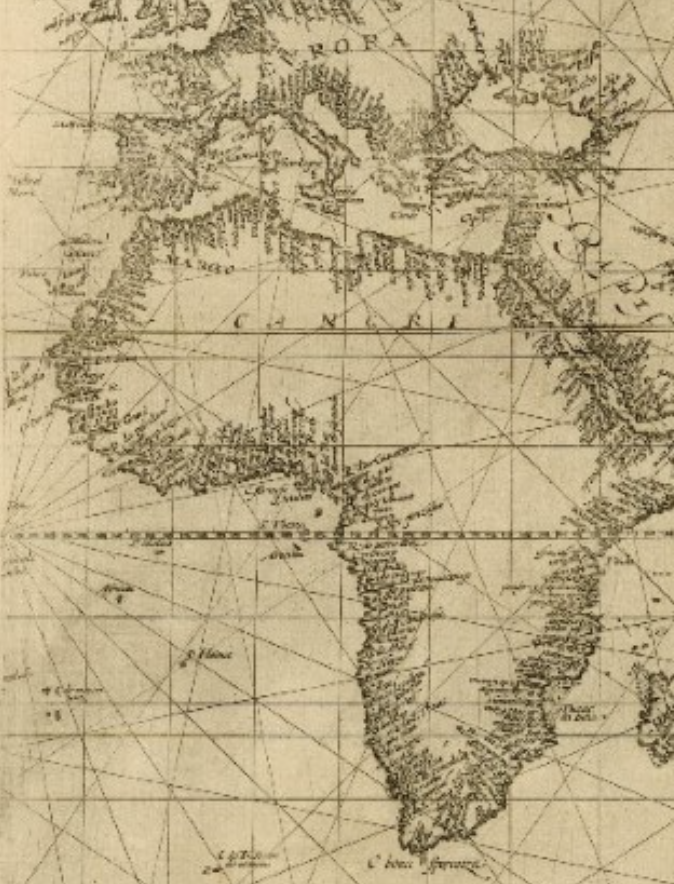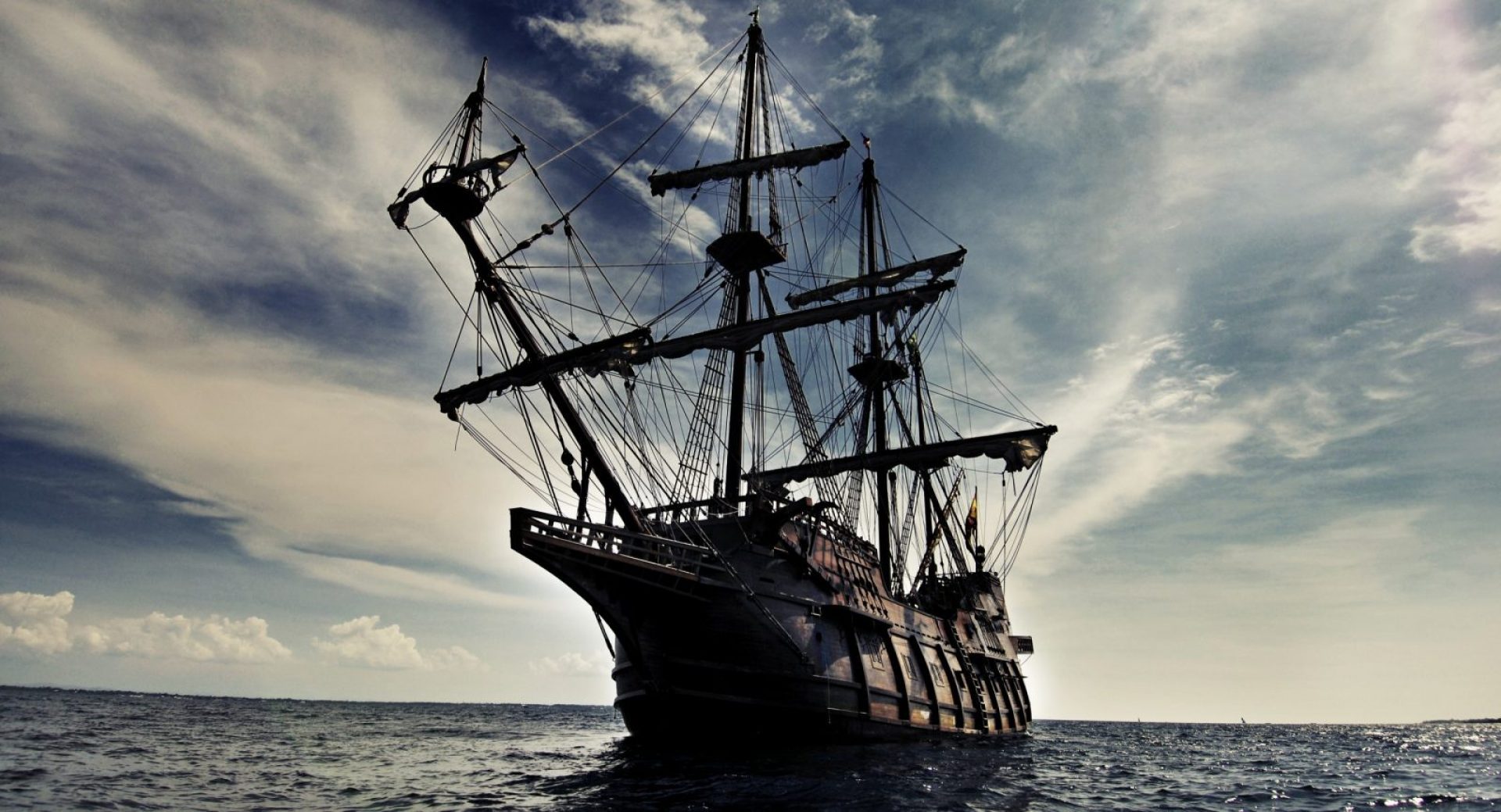What can we do with Principal Navigation and why would we want to do it? The scholarly landscape of 2021 offers a world of new affordances and new questions. I’ll tackle one of them: if only a small proportion of Hakluyt’s sources are original to PN,what kinds of questions are enabled by looking at a text in the context of the compilation?

Richard Eden’s narrative of a voyage to West Africa in 1554 provides a rich example: originally published in his 1555 Decades, it informs both on Eden’s authorship and on his editorial treatment of Africa. This narrative unites three sources: the editor’s reading about Africa in classical sources, an anonymous log, and the reported testimony of “our men.” Eden didn’t seek to reconcile their disparities; rather, his framing text echoes and elevates the authority of his pejorative (and often-cited) second- and third-hand knowledge over that of first-person witnesses.
In Hakluyt’s reprinted version, some 45 years later, reports on subsequent voyages help to flesh out Eden’s narrative. Some of the five African men kidnapped in 1554 became brokers for Anglo-African trade in 1555; communities also reacted to their capture. We can discern from details in PN that the editor knew more about the voyage than Eden had reported, suggesting that he located and drew on archival or oral testimony.
More globally, the later reports indicate the consolidation of norms about reporting by travelers, which in turn enabled Hakluyt’s characteristic use of texts by merchants and mariners in something close to their original form. Eden’s strange geography persisted, however, unaccompanied by the caveats Hakluyt sometimes added to comparable accounts of monsters or marvels in northern Asia. Hakluyt’s commitment to the authority of first-hand testimony on the region was not uniform. When his younger collaborator, John Pory, added comparably fanciful claims about West Africa to a 1600 edition of Leo Africanus, Hakluyt endorsed his book as “the verie best” source available on Africa – despite the vast gap between Pory’s Guinea and the reports Hakluyt had himself included in vol. 2 of PN the preceding year.
The scale of the compilation allows us to compare Hakluyt’s representation of sources, as well as editorial standards, across regions. In comparison to the adjacent section on the Levant, for instance, the African section of volume 2 offers a greater number of first-hand narratives, while bureaucratic documents like charters, price-lists, and correspondence are less frequently present. Such differences can be referred in part to factors beyond Hakluyt’s own agency, even while they are also suggestive for his access, priorities, and perspective on West Africa and the Levant respectively.
Working with Hakluyt’s edited texts begins with close reading, conjoined with historical evidence. The context of the compilation, however, invites us to scale out from the individual document. In doing so, we can begin to appreciate how geographical understandings were mediated and shaped for their various publics – not only by author-participants, but by editors and by connected communities made up of scholars, merchants, mariners and government.
